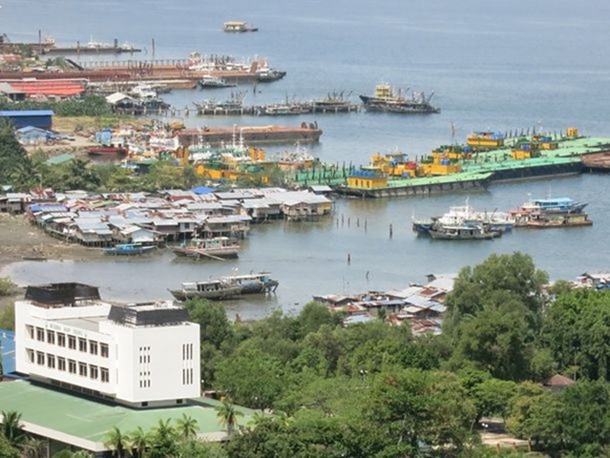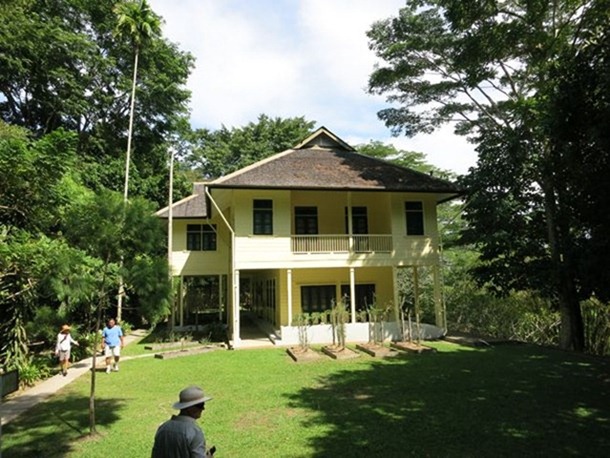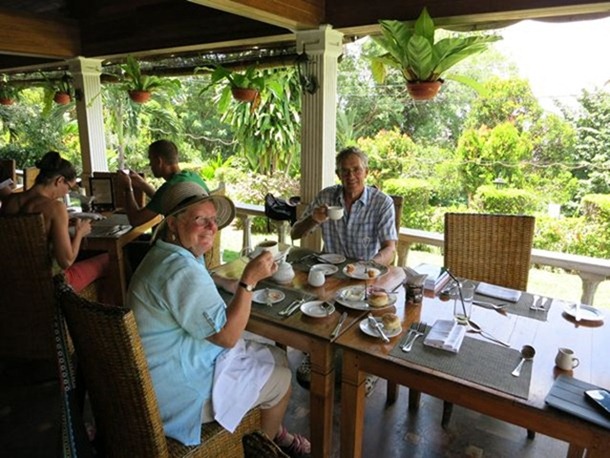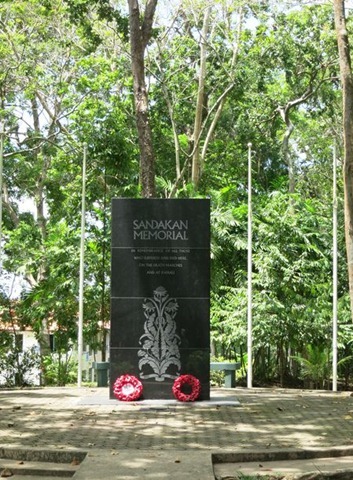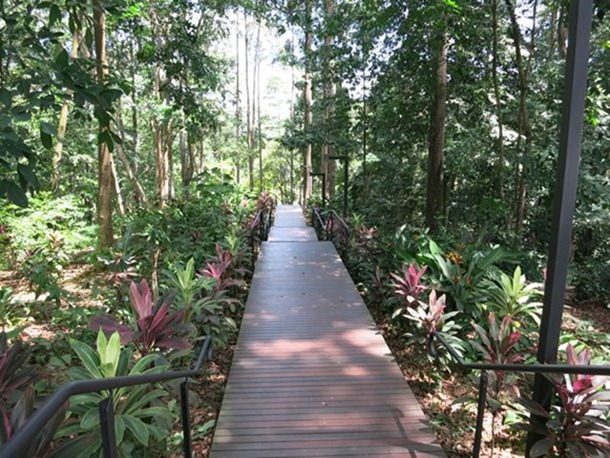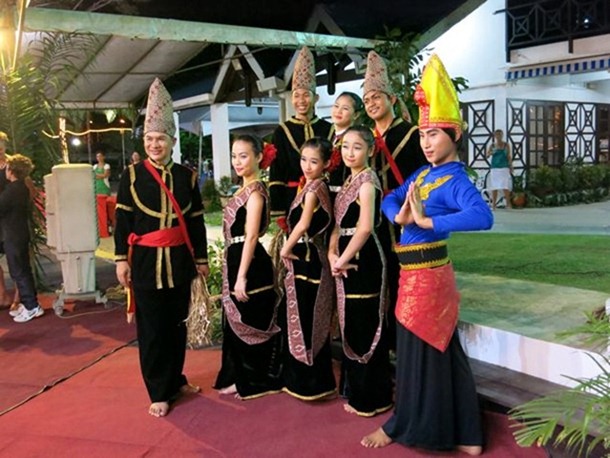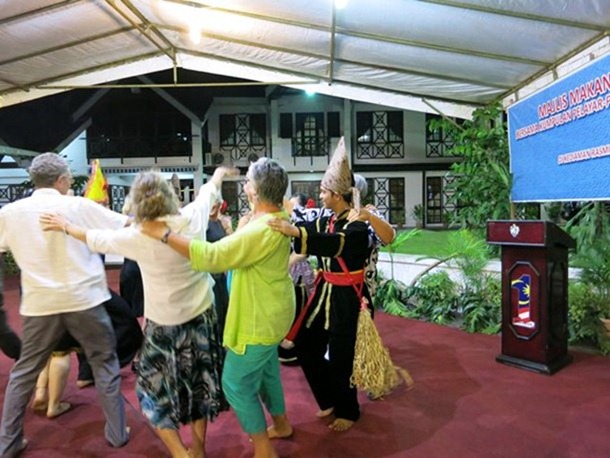Sandakan N05 50 324 E118 07 497

|
Sandakan was once the capital of the protectorate of British North Borneo. It was extremely prosperous with a community of 70 or so Europeans, largely involved in exploiting the region’s timber resources. During those affluent years Sandakan is said to have had one of the world’s greatest concentrations of millionaires. During the Second World War the town was occupied by the Japanese and all non-nationals were interned. It was all but destroyed by Allied bombing and by the Japanese who inflicted devastating damage in retaliation in 1945. Rebuilding adhered to the geography of the town but not the style and today the centre is a rather scruffy place but with charming people who are very welcoming. The capital of Sabah was moved to Kota Kinabalu but as a whole Sandakan seems prosperous having vast suburbs with lots of large houses, traffic jams of cars on the roads, and very few motorcycles. There are still some impressive colonial mansions, wonderful Chinese temples and haunting memorial gardens. The town was made famous in the 1930s by Agnes Keith, the American wife of the British Conservator of Forests, who wrote “Land Below the Wind”. She describes what appears to be an idyllic life in the pre-war era with trips out into the jungle and to the islands and the everyday happenings of a privileged family with plenty of servants to help with the chores. She clearly developed a real love for the people who in turn were loyal to her. Some of her descriptions of the environment around Sandakan remain accurate but sadly the bustling harbour which is still full of wreckage from WWII is also heavily polluted with diesel oil, plastic waste and heavy rubbish.
The house where she lived on the top of a hill has been restored and is now open to the public. It has an excellent “English Tea House” in the grounds where we took afternoon tea …at 11.00 in the morning.
The restored Agnes Keith house and English Tea House overlooking the gardens.
After our delicate sandwiches and scones with strawberry jam and cream, we went to see the memorial gardens sited adjacent to the original Prisoner of War camps. The gardens commemorate the tragedy and atrocity of the Death Marches that took place from here at the very end of the war. After the fall of Singapore in 1942 many captured Australian and British soldiers were held in camps across Borneo. The camp at Sandakan held 2700 men who were forced to build an airstrip under horrific conditions of extreme work, little food and vicious punishments. In 1945, as the war neared its end, the airstrip was destroyed by bombing and the Japanese decided to march the surviving 1000 prisoners to another camp 260 km to the west. Most of the men were already sick and all were starving before they left, those that endured the march soon died. Only 6 men survived of the original 2700, 2 managing to escape on the march and 4 from the camp they were sent to at Ranau. The graves of the men whose remains were found are buried at Labuan and there is little to see in the gardens except for a memorial, a small museum and a few structures from the POW camp. However, it is all simple, very moving and a reminder of the brutality that people can inflict on their fellow humans.
On a happier note we had a Gala dinner in the local governor’s residence entertained by some excellent local dancers…….
and some less than excellent yachtie dancers….
(The more astute readers of this blog may notice I am putting some of the Eagle Swooping Dance moves I learnt at the Rainforest Festival to good effect.)
Whilst in the harbour here we have been anchored outside the wonderful Yacht Club which provides us with a happy meeting place, good bar and restaurant, showers etc. and an excellent swimming pool as well as a rather handsome resident monitor lizard some 5ft long. Sandakan seemed rather daunting when we arrived with its rough harbour and grimy town but we have learnt a lot, travelled about, enjoyed the fabulous produce market and experienced the warmth of its people. We are now very fond of the place, it is easy to be here and we hope to return when we sail back to the Melaka Straits to get the boat re-rigged next year. |
